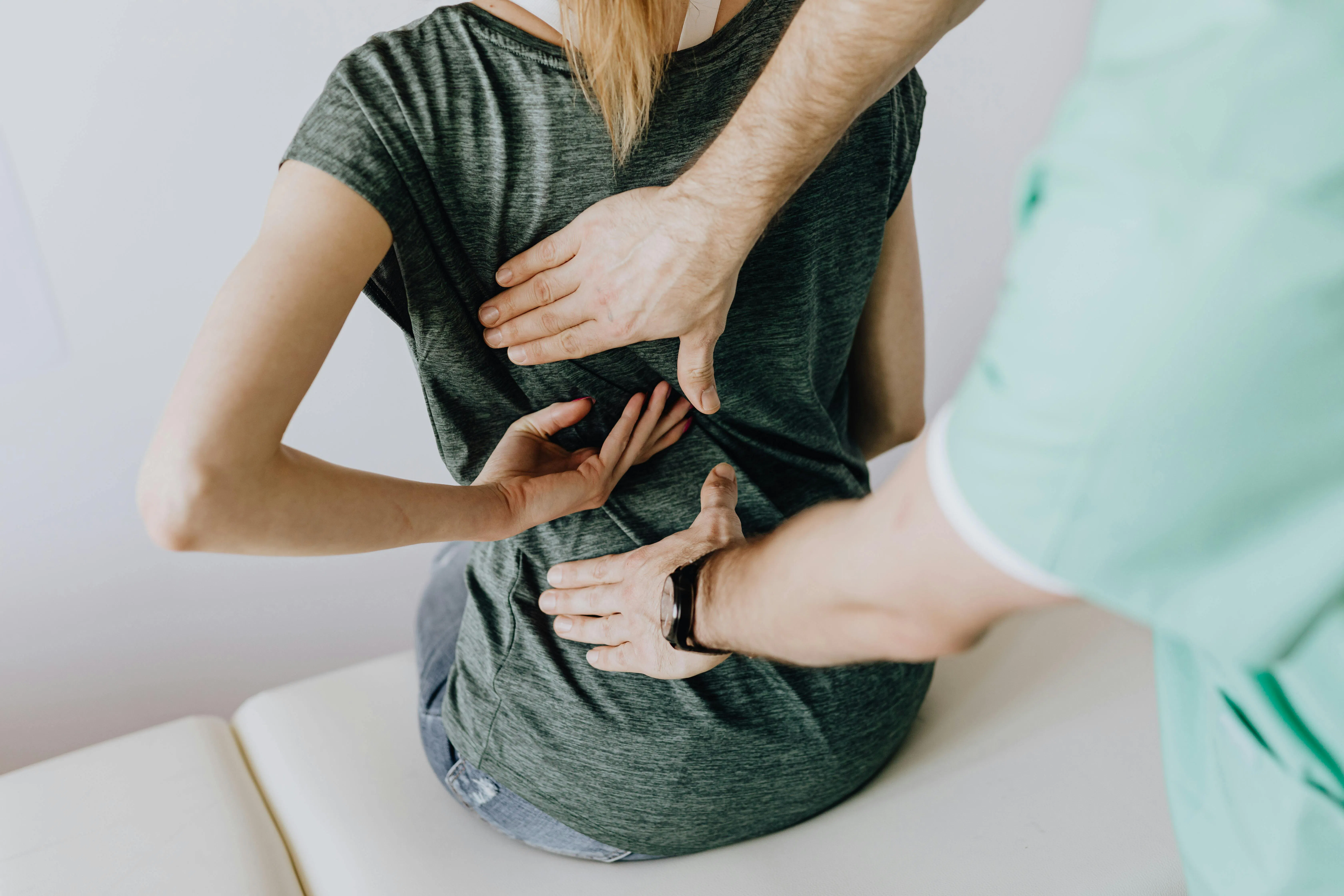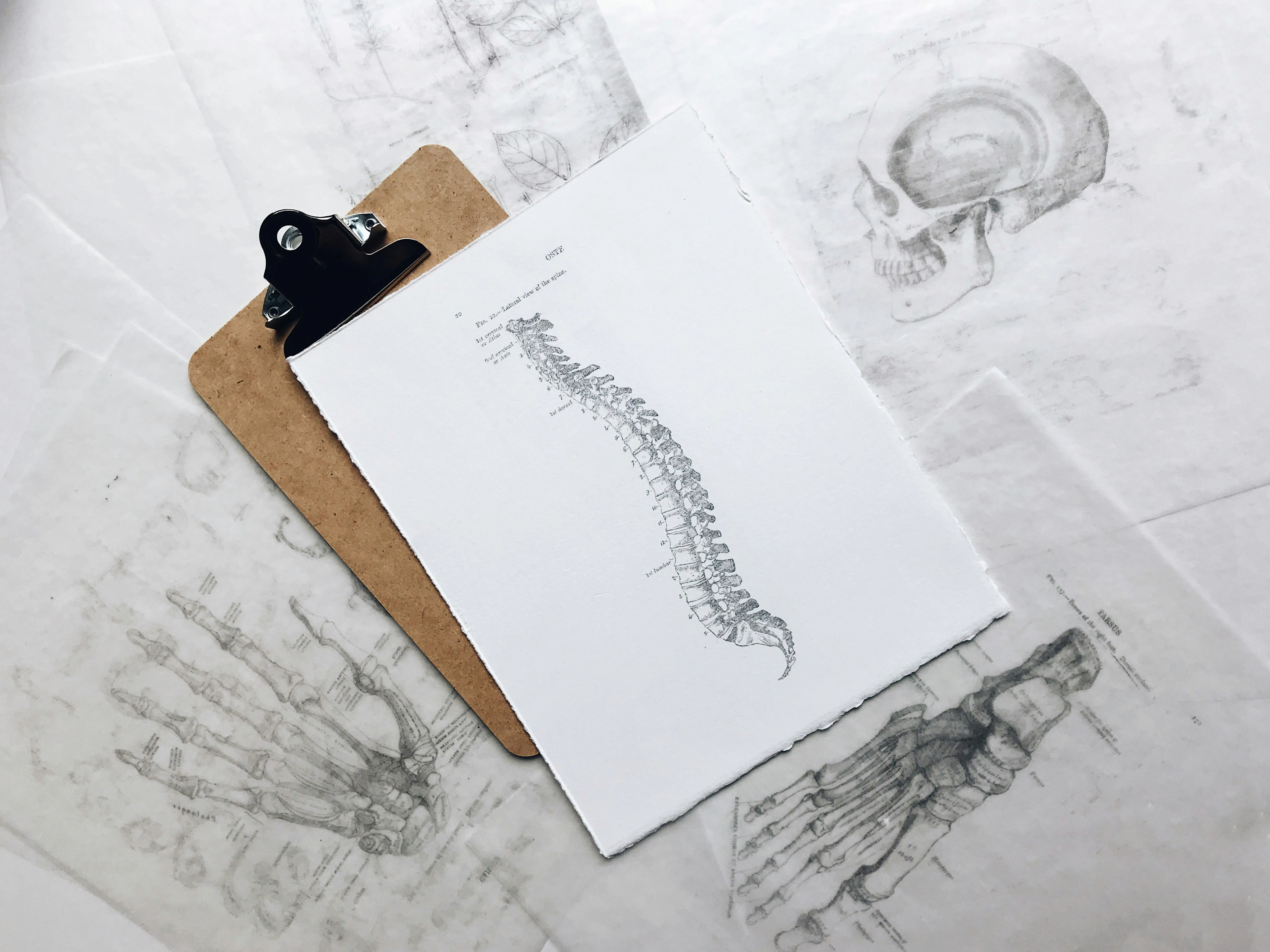
Reading Time
6
Published
May 15, 2024
Scoliosis back pain: What to do and how to manage it
Scoliosis can present itself in many ways, and the signs and symptoms can vary. However, one of the most common symptoms of this condition is back pain. Many techniques to manage scoliosis-related back pain exist and it is important to find what works best for you. This article will go through a few methods that you may choose to explore. We recommend consulting your clinician to find the best match for you.
Written By
Momentum Health
Before you get started
Before trying out the various ways to relieve back pain, it’s important to understand the unique properties of your curve. Everyone's spine is different and therefore, it is important to talk to a doctor to determine what you can and cannot do. This is especially important if you are currently wearing a brace for your scoliosis. It’s also important if you’ve had surgery and or are planning to have surgery.
Scoliosis pain management through medication
Over-the-counter pain medication can help relieve the pain temporarily, yet it is not a long-term solution. It should be reserved for acute flare ups.
You can also apply topical pain relief creams or gels, to help with muscle relaxation at the level of the spine and alleviate some of the pain.
Please consult your physician before using any pain medication for your scoliosis.
Physiotherapy; The Schroth Method for scoliosis
The History of the Schroth Method
The Schroth method is a specialized form of physical therapy aimed at managing scoliosis. Developed in the 1920s by Katharina Schroth, a German physiotherapist, it has evolved into a comprehensive approach to scoliosis treatment.
Katharina Schroth initially designed the method to treat her own scoliosis, drawing on multiple principles such as:
Breathing exercises
Postural awareness
Corrective movements
Over time, she refined her technique and established a clinic in Germany dedicated to its practice.
How does the Schroth Method work?
The method involves a series of customized exercises tailored to each patient's unique spinal curvature. Patients are taught to consciously realign their spine in daily activities to prevent further progression of the curvature. These exercises aim to
Elongate the trunk
Correct any imbalances
Improve posture
These exercises work through muscle activation, especially of the core, and through specific breathing exercises.
Research has shown that the Schroth method can lead to improvements in spinal alignment, reduction of pain, and enhanced quality of life for individuals with scoliosis. It emphasizes a holistic approach, addressing not only the physical aspects of the condition but also the psychological and emotional impact. Additionally, it can be particularly beneficial for adolescents, as it can potentially reduce the need for invasive treatments like bracing or surgery.
Lifestyle changes to relieve pain and promote a healthy spine.
There are many things you can change in your current lifestyle to promote a healthy spine, and in turn, help alleviate some of the pain you may feel due to scoliosis.
A healthy diet can be crucial for back strength
A healthy diet plays a pivotal role in maintaining a healthy weight, which is beneficial for individuals with scoliosis. Excess weight puts added strain on the spine and can exacerbate discomfort and pain a patient may feel. It’s important to eat a healthy diet and maintain a healthy weight to avoid this as much as possible.
By consuming nutrient-dense foods individuals can manage their weight effectively. This includes foods such as
Fruits
Vegetables
Lean proteins
Whole grains
These foods provide essential nutrients while helping to regulate calorie intake. These foods also have the added benefit to promote a healthy spine and back muscles. For example, vitamins found in fruit, such as vitamin c, can help support bone and muscle resilience.
Additionally, adopting mindful eating habits, such as paying attention to portion sizes and avoiding excessive consumption of high-calorie, low-nutrient foods, can contribute to weight management. A healthy weight reduces stress on the spine, promoting better overall spine health and potentially alleviating back pain.
Anti-inflammatory food intake can help reduce back inflammation
A diet that promotes an inflammatory response can exacerbate back pain in individuals with scoliosis. Certain foods high in refined sugars, saturated fats, and processed ingredients can trigger inflammation, worsening discomfort.
Conversely, incorporating anti-inflammatory foods such as fruits, vegetables, nuts, and fatty fish rich in omega-3 fatty acids can help mitigate inflammation and alleviate pain. These foods contain antioxidants and essential nutrients that combat inflammation, supporting overall spine health. By incorporating anti-inflammatory foods into their diet, individuals with scoliosis may experience reduced pain and improved quality of life.
Overall, it is important to have a healthy diet, to ensure you are healthy, but also to avoid adding unnecessary burdens to your spine.
Staying active can help decrease pain linked to scoliosis overtime
In line with the Schroth Methods, muscle activation is an important aspect in pain management for scoliosis patients. Therefore, staying active and ensuring your muscles are strong is crucial for long term pain relief!
Sports that include core activation are a great way of staying active. These include sports such as:
Swimming
Pilates
Yoga
Staying active is a great way of ensuring your overall health but also pain management for scoliosis. Make sure you are always being careful to not further injure yourself!
Quick pain relief tips
To quickly ease the pain, there are a few things you can do to help alleviate some of the pressure and pain you feel in your back.
A hot /cold compress can help manage the pain you feel in your back. Some patients report that a cold compress helps relieve the inflammation they have on their back and helps soothe the pain.
Some patients have also reported that a firm bed has also provided better support during sleep and has helped decrease back pain.
Alternative medicine
Alternative medicine encompasses a range of non-conventional techniques to alleviate scoliosis-related pain. Although not proven to clinically relieve pain, they have been reported by many patients to have helped.
Practices like acupuncture, which targets specific points to alleviate discomfort, and chiropractic adjustments, which aim to realign the spine, offer potential relief. Similarly, massage therapy can help relax tense muscles and improve circulation, reducing pain.
Mind-body practices are also thought to be beneficial when dealing with scoliosis pain. Examples include practices such as mindfulness meditation and biofeedback to help manage pain perception.
While alternative therapies should complement traditional treatments, they provide additional avenues for individuals with scoliosis to explore in their quest for pain relief and improved well-being.
Managing scoliosis
Managing scoliosis is much more complicated than just managing the pain. On top of being a physical burden, it can also cause great emotional distress. If you do not know where to start, check out our article on navigating the emotional challenges with scoliosis.
Whenever you are unsure do not hesitate to talk to your doctor and healthcare practitioners. They know your case the best and can guide you throughout your journey!
Managing Scoliosis with Momentum Spine
Momentum Spine can help you get a grip on how your spine is progressing, and give you peace of mind on your condition. The mobile application predicts your Cobb Angle using an AI-based algorithm, and with frequent scanning, can give you insight on whether your curve is progressing.
Learn more about it on our website or try it yourself! Now available on the Apple Store and the Google Play Store in Canada and the USA.
Other
More articles you may find interesting


